Advertisements
Advertisements
प्रश्न
State briefly, the difference between white blood cells and the red blood cells.
उत्तर
| RBC | WBC |
| They do not have nucleus atmaturity | They have a large characteristic nucleus. |
| They possess haemoglobin and are red | They are colourless as they have no pigment |
| They help in transport of respiratory gases | They help in defence mechanism |
| Life span is 120 days | WBC have a short life.span of 5 to 20 days. |
| They are about 5 million/mm3 of blood. | They are about 7000/mm3 of blood. |
| In the embryonic stage the RBC are formed in the liver and spleen. But after birth, they are formed in the red bone marrow. | WBC are formed in the red bone marrow. |
APPEARS IN
संबंधित प्रश्न
Mitochondria are regarded as semiautonomous organelles, due to the presence of ______.
Give a scientific reason:
Carbon monoxide is highly dangerous when inhaled.
Choose the correct answer:
Both erythrocytes and leucocytes form in the _________
The diagram below shows part of the capillary bed in an organ of the human body. Some of the blood arriving at the capillaries at points labeled A, moves out into the spaces between the tissue cells. Study the diagram and answer the questions that follow:
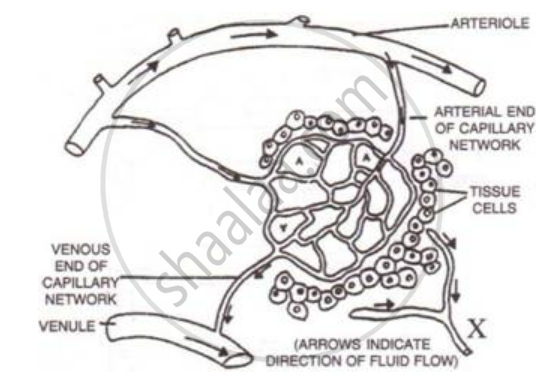
Name any one important component of the blood which remains inside the capillaries and fails to move out into the spaces.
The red-coloured pigment present in RBCs is called ______.
How many molecules of haemoglobin are found in each erythrocyte?
Given below is the diagram of a human blood smear. Label the parts numbered 1, 2 and 3.

Observe the table and fill the appropriate blocks and rewrite.
| Structure of WBCs | Types of WBCs | Functions | |
| (1) | 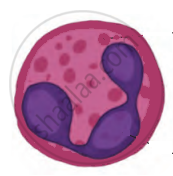 |
||
| (2) | 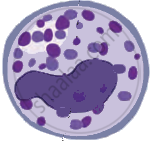 |
||
| (3) | 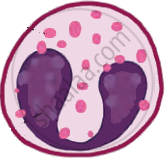 |
||
| (4) | 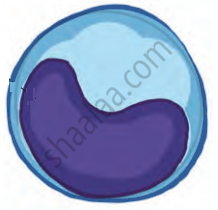 |
The corpuscles which transport the respiratory gas oxygen to the different parts of the body ______.
The compound formed by the combination of haemoglobin and carbon dioxide is ______.
